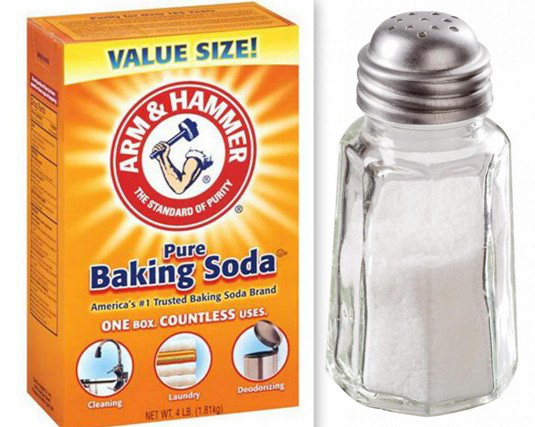The first and most basic step to unclog a kitchen sink is to use a plunger. This tool works by creating suction and pressure to dislodge the blockage. To use a plunger, fill the sink partially with water and place the rubber end of the plunger over the drain. Push and pull the plunger vigorously to create suction. Repeat this motion several times until the blockage is cleared and water starts to drain freely.1. Use a plunger
If the plunger doesn't work, try pouring a pot of boiling water down the drain. This method is effective for clearing greasy or oily clogs. The hot water helps to melt and flush away the buildup in the pipes. However, be careful not to use this method if your pipes are made of PVC or if you have a septic system, as boiling water can damage these materials.2. Pour boiling water down the drain
A natural and effective way to unclog a kitchen sink is by using a combination of baking soda and vinegar. First, pour half a cup of baking soda down the drain, followed by half a cup of white vinegar. The mixture will create a foaming reaction that can help to break down and dislodge the clog. Let it sit for about 15 minutes, then pour hot water down the drain to flush away the debris.3. Use a mixture of baking soda and vinegar
If homemade solutions don't work, you can try using a commercial drain cleaner. These products contain chemicals that can dissolve and break down clogs. However, they can also be harsh and damaging to your pipes, so use them sparingly and according to the instructions. Additionally, be cautious when using these products if you have a septic system, as they can kill the beneficial bacteria in the tank.4. Try a commercial drain cleaner
If the clog is stubborn and cannot be dislodged with the methods mentioned above, you may need to use a plumbing snake. This tool has a long, flexible wire with a coil at the end that can reach deep into the pipes and break up the clog. Insert the snake into the drain and twist it while pushing it further in. When you feel resistance, rotate the snake to break up the clog, then pull it out.5. Use a plumbing snake
The P-trap is the curved pipe located underneath the sink that traps debris and prevents it from going further into the plumbing system. Sometimes, the clog may be located in the P-trap, and removing and cleaning it can help to clear the blockage. Place a bucket under the P-trap to catch any water, then use a wrench to loosen the fittings and remove the trap. Clean it thoroughly and reattach it to the pipes.6. Remove and clean the P-trap
If you have a wet/dry vacuum, you can use it to suck out the clog from the drain. Set the vacuum to the wet setting and cover the vent with a cloth to create suction. Place the end of the hose over the drain and turn on the vacuum. The suction should be strong enough to pull out the clog. However, this method may not work for solid or large blockages.7. Use a wet/dry vacuum
If the baking soda and vinegar method doesn't work, you can try a different combination with salt and baking soda. Mix half a cup of salt and half a cup of baking soda, then pour it down the drain. Let it sit for about 15 minutes, then pour boiling water down the drain to flush away the debris.8. Try a homemade drain cleaner with salt and baking soda
For a stronger homemade drain cleaner, you can combine all three ingredients: salt, baking soda, and vinegar. Mix half a cup of salt, half a cup of baking soda, and half a cup of vinegar, then pour it down the drain. Let it sit for about 30 minutes, then pour boiling water down the drain to flush away the clog.9. Use a combination of salt, baking soda, and vinegar
If all else fails, it may be time to call a professional plumber. They have the tools and expertise to handle even the toughest clogs and can also identify and fix any underlying issues with your plumbing system. While it may cost more than the DIY methods, it can save you time, effort, and potentially costly damage in the long run. Don't let a clogged kitchen sink ruin your day. With these 10 methods, you can easily and effectively clear the blockage and get your sink back to working properly. Remember to use these methods with caution and always prioritize safety, and if all else fails, don't hesitate to call a professional for help. 10. Call a professional plumber
Why a Clogged Kitchen Sink Can Be a Major Hassle

The Importance of a Clean Kitchen Sink
 Having a functional and clean kitchen sink is essential for any household. Not only is it used for daily tasks such as washing dishes and preparing food, but it also contributes to the overall appearance and hygiene of your kitchen. A clogged kitchen sink can be a major hassle, causing water to back up and potentially creating unpleasant odors. It can also lead to the growth of bacteria and mold, posing health risks to you and your family. In addition, a clogged sink can disrupt your daily routine and cause inconvenience. That's why it's important to know the best way to clean a clogged kitchen sink.
Having a functional and clean kitchen sink is essential for any household. Not only is it used for daily tasks such as washing dishes and preparing food, but it also contributes to the overall appearance and hygiene of your kitchen. A clogged kitchen sink can be a major hassle, causing water to back up and potentially creating unpleasant odors. It can also lead to the growth of bacteria and mold, posing health risks to you and your family. In addition, a clogged sink can disrupt your daily routine and cause inconvenience. That's why it's important to know the best way to clean a clogged kitchen sink.
Common Causes of a Clogged Kitchen Sink
:max_bytes(150000):strip_icc()/freshen-and-unclog-drain-with-baking-soda-1900466-22-bbf940b70afa4d5abef0c54da23b1d3f.jpg) Before we dive into the best way to clean a clogged kitchen sink, it's important to understand the common causes of this issue. One of the main culprits is food particles and grease. When we wash dishes or rinse food off plates, some small particles can get stuck in the sink's drain. Over time, these particles can accumulate and cause a blockage. Grease is another common cause of clogs, as it can solidify and stick to the inside of pipes, hindering water flow. Another factor to consider is the type of sink you have. For example, older homes may have pipes made of iron or other materials that can easily corrode and cause clogs.
Before we dive into the best way to clean a clogged kitchen sink, it's important to understand the common causes of this issue. One of the main culprits is food particles and grease. When we wash dishes or rinse food off plates, some small particles can get stuck in the sink's drain. Over time, these particles can accumulate and cause a blockage. Grease is another common cause of clogs, as it can solidify and stick to the inside of pipes, hindering water flow. Another factor to consider is the type of sink you have. For example, older homes may have pipes made of iron or other materials that can easily corrode and cause clogs.
The Best Way to Clean a Clogged Kitchen Sink
 Now, let's get to the main topic - the best way to clean a clogged kitchen sink. There are several methods you can try, but the most effective and natural way is by using a mixture of
baking soda and vinegar
. Simply pour half a cup of baking soda down the drain, followed by a cup of vinegar. Let it sit for 10-15 minutes, then pour hot water down the drain to flush out any remaining debris. This combination creates a chemical reaction that helps break down clogs and eliminate any unpleasant odors. For tougher clogs, you can also use a plunger or a drain snake to manually remove the blockage.
Now, let's get to the main topic - the best way to clean a clogged kitchen sink. There are several methods you can try, but the most effective and natural way is by using a mixture of
baking soda and vinegar
. Simply pour half a cup of baking soda down the drain, followed by a cup of vinegar. Let it sit for 10-15 minutes, then pour hot water down the drain to flush out any remaining debris. This combination creates a chemical reaction that helps break down clogs and eliminate any unpleasant odors. For tougher clogs, you can also use a plunger or a drain snake to manually remove the blockage.















.jpg?time=1689761045394)
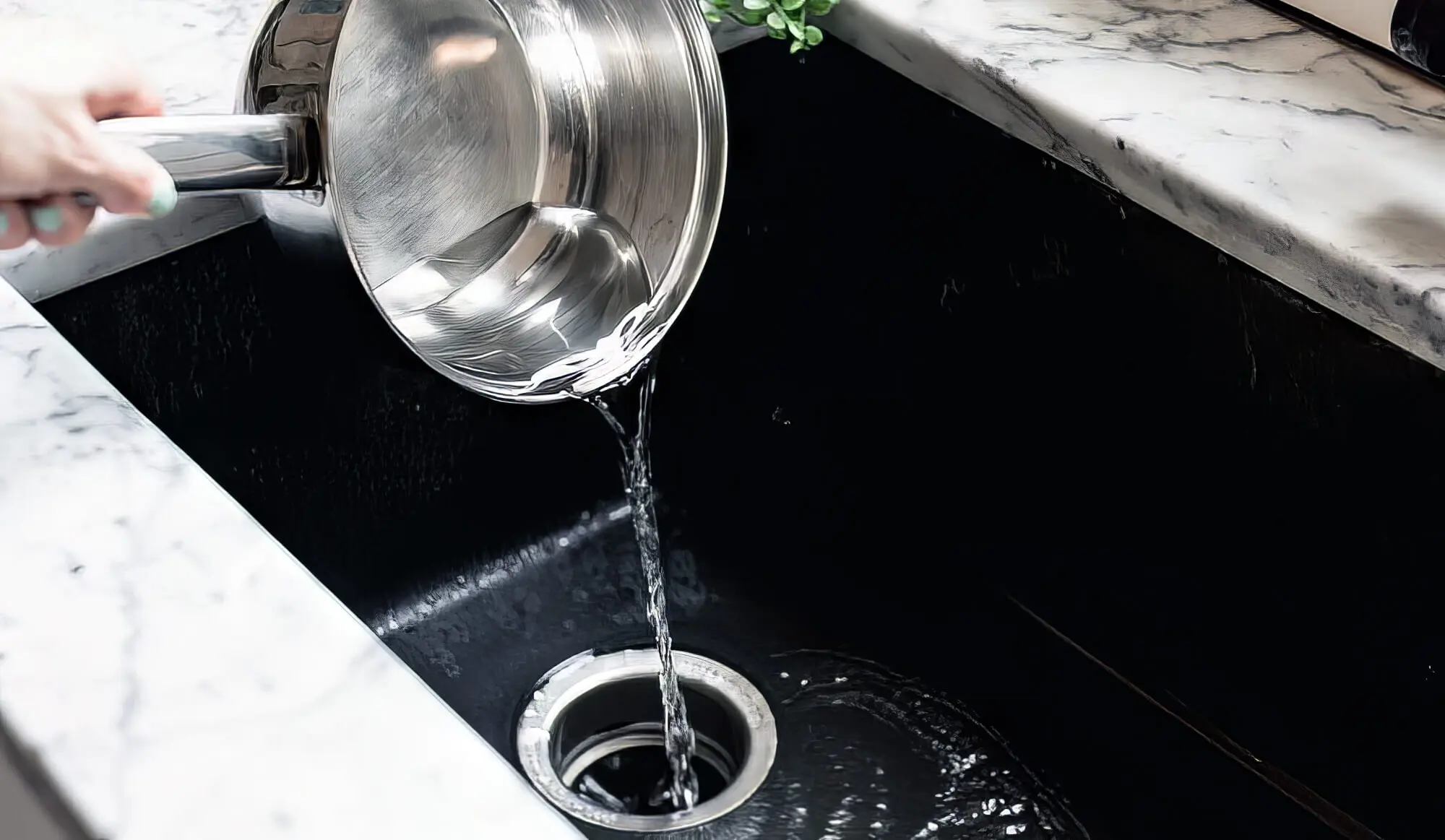


:max_bytes(150000):strip_icc()/GettyImages-1459148353-279aed56a15749c2a7310a882dbe3571.jpg)
















































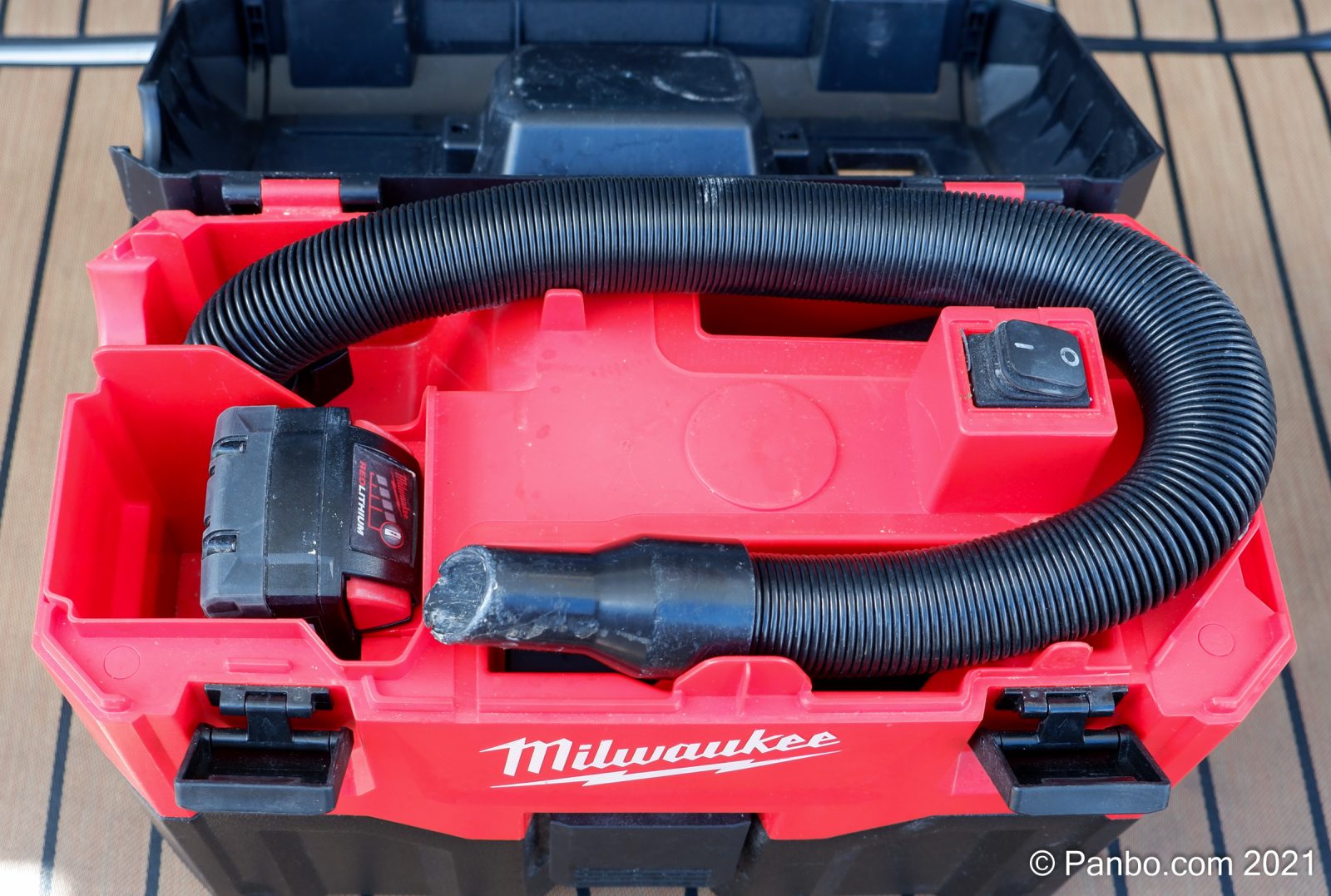
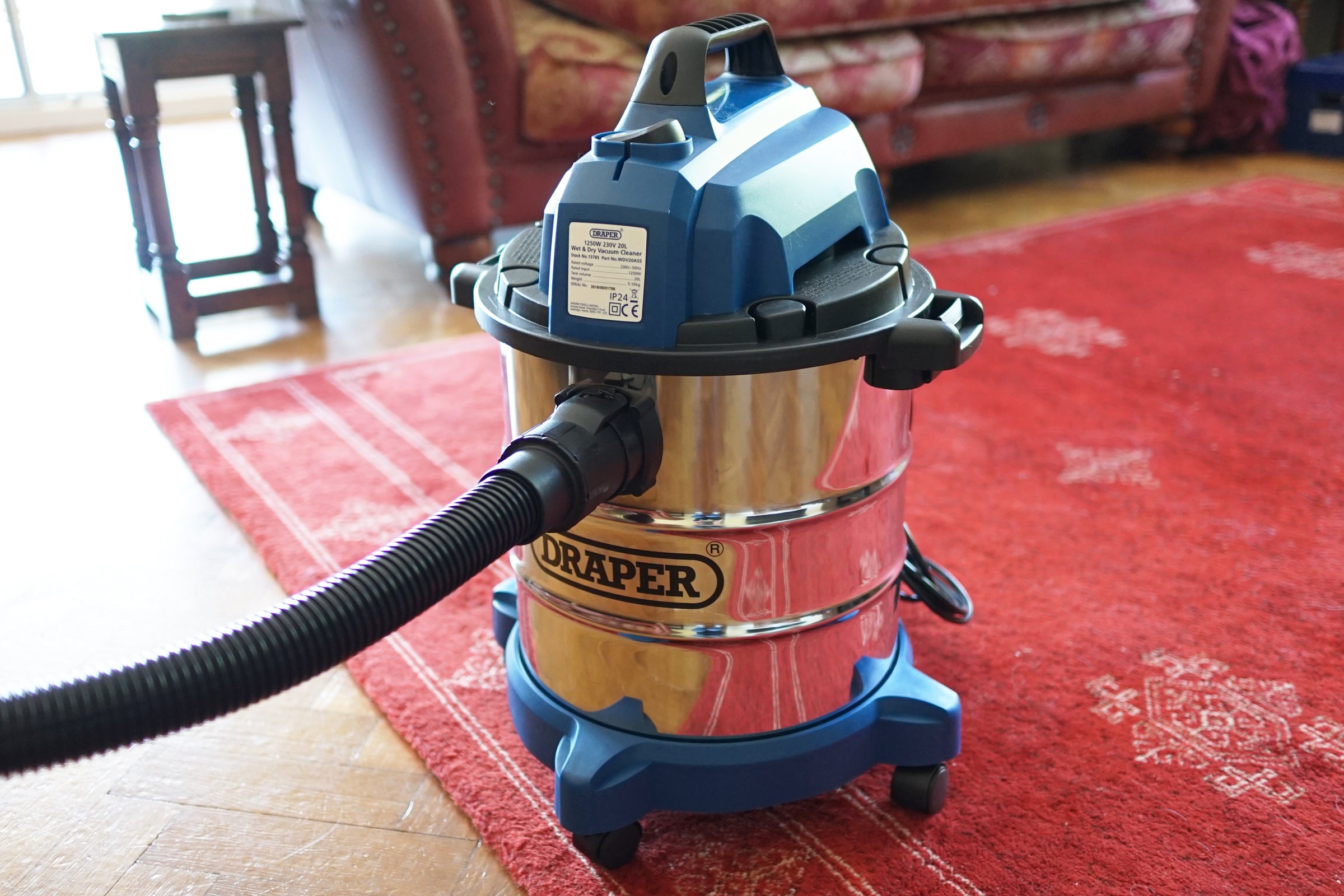











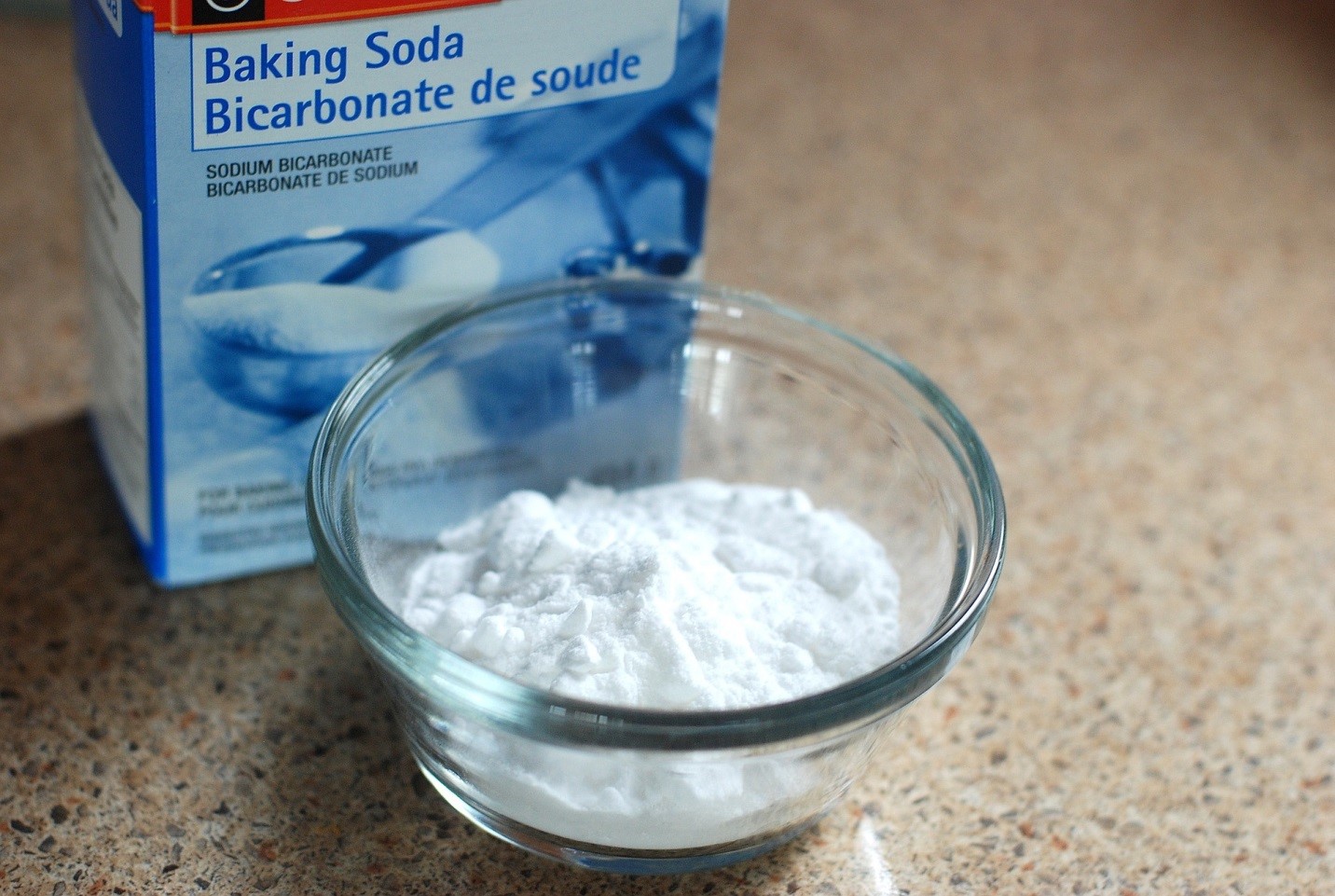


:max_bytes(150000):strip_icc()/freshen-and-unclog-drain-with-baking-soda-1900466-18-1a5b5da01939471ca8f8823865bd1ce8.jpg)


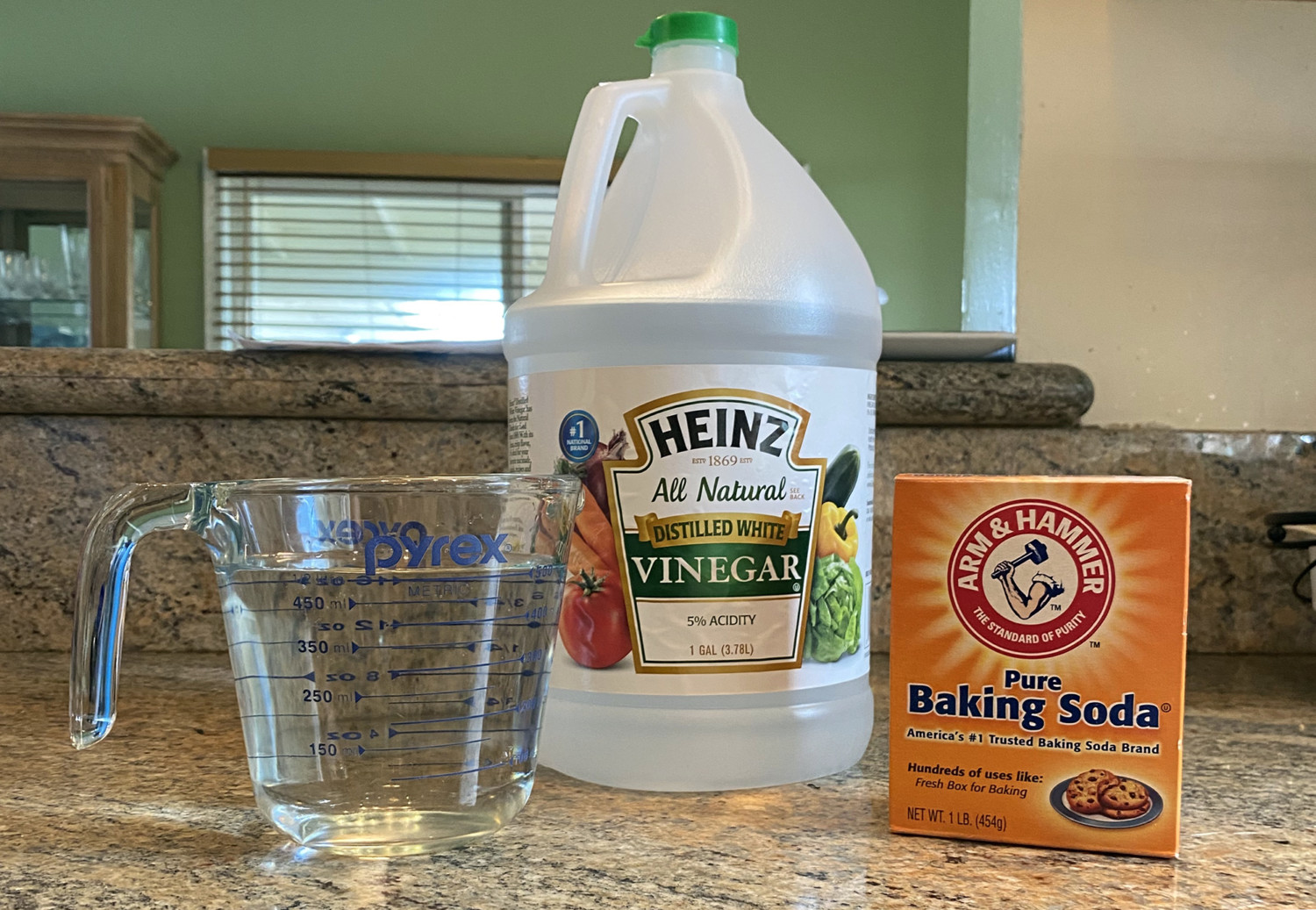
:max_bytes(150000):strip_icc()/freshen-and-unclog-drain-with-baking-soda-1900466-15-166f69a0d4ee4cad85a0f221bf3fdcd0.jpg)










